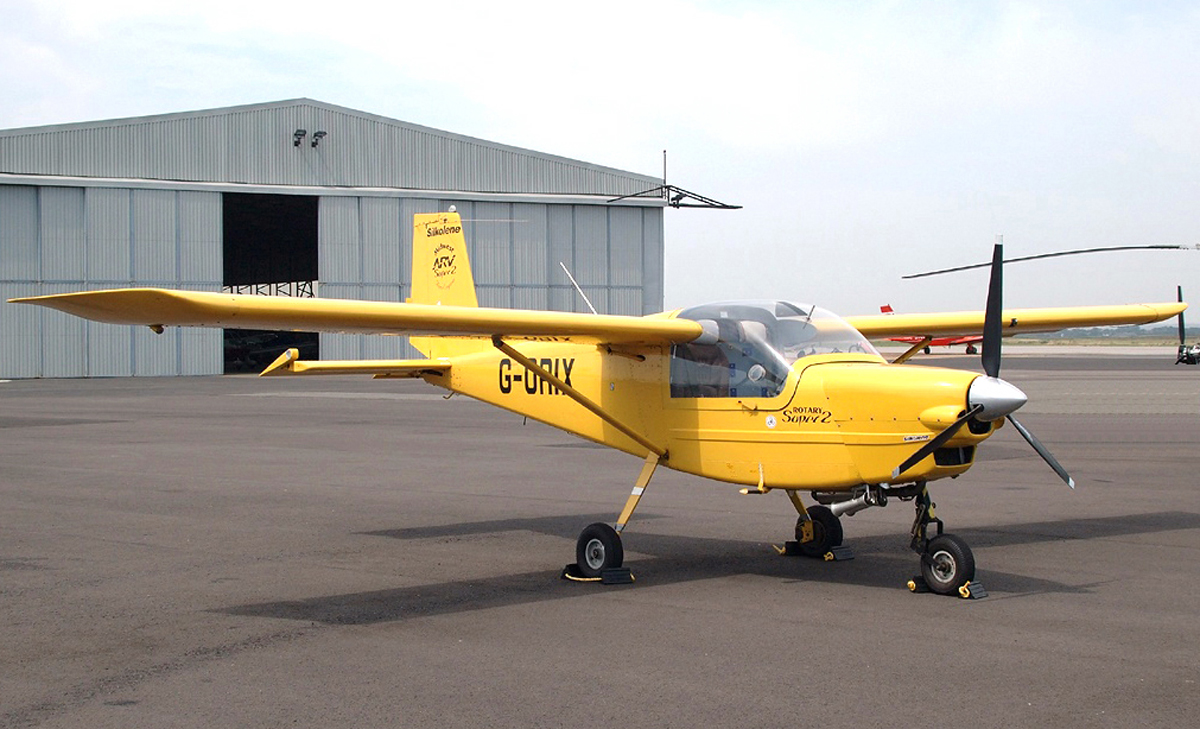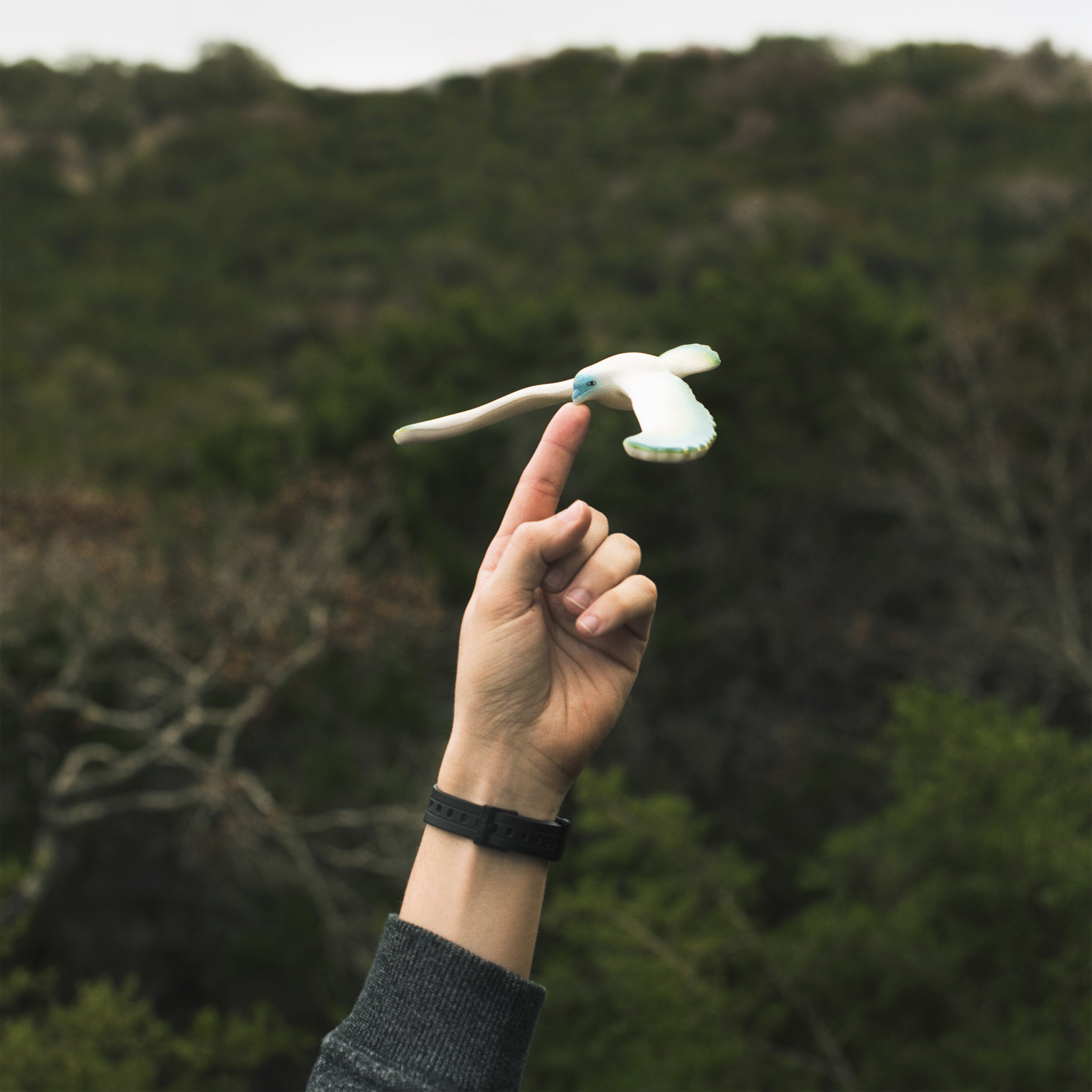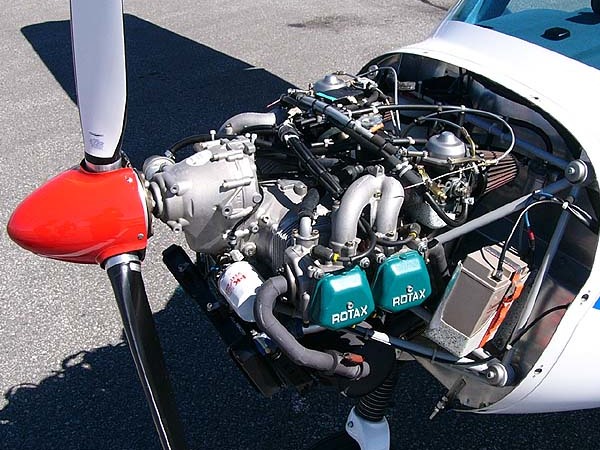|
Barber Snark
The Barber Snark is an innovative two-seater kit-plane, designed and built in New Zealand by Bill Barber. It first flew in late 1987. At least six aircraft have been built, and some of these have varying specifications, such as different engines and control surfaces. The Snark's tandem layout, its small frontal area, and its low wetted area mean that the aircraft has excellent performance, being able to cruise at over 110 knots despite having an engine output of only 80 bhp. Design and development ''(Source materials for this section are derived from Tim Cripp's article in ''Today's Pilot'' magazine of September 2006)'' The Snark is a tricycle aircraft of composite construction. Its glider-like cockpit accommodates a pilot and passenger in tandem, the passenger sitting behind and higher than the pilot. The centrally mounted shoulder-wing lies behind the pilot, who has unrestricted visibility. The engine is sited behind the cockpit, driving a pusher propeller. Wing ... [...More Info...] [...Related Items...] OR: [Wikipedia] [Google] [Baidu] |
Light Aircraft
A light aircraft is an aircraft that has a Maximum Takeoff Weight, maximum gross takeoff weight of or less.Crane, Dale: ''Dictionary of Aeronautical Terms, third edition'', page 308. Aviation Supplies & Academics, 1997. Light aircraft are used as utility aircraft commercially for small-scale passenger and cargo aircraft, freight transport; for sightseeing, photography, cropdusting, and other so-called aerial work roles of civil aviation; for the personal-use aspect of general aviation; and in certain aspects of military aviation. Examples of aircraft that are at the maximum gross takeoff weight for this category include the de Havilland Canada DHC-6 Twin Otter and Beechcraft Super King Air, Beechcraft B200 Super King Air. Uses Uses include aerial surveying, such as monitoring pipelines, light cargo operations, such as regional airline, "feeding" cargo hubs, and passenger operations. Light aircraft are used for marketing purposes, such as banner towing and skywriting, and flig ... [...More Info...] [...Related Items...] OR: [Wikipedia] [Google] [Baidu] |
Empennage
The empennage ( or ), also known as the tail or tail assembly, is a structure at the rear of an aircraft that provides stability during flight, in a way similar to the feathers on an arrow.Crane, Dale: ''Dictionary of Aeronautical Terms, third edition'', p. 194. Aviation Supplies & Academics, 1997. Aviation Publishers Co. Limited, ''From the Ground Up'', p. 10 (27th revised edition) The term derives from the French language verb which means " to feather an arrow". Most aircraft feature an empennage incorporating vertical and horizontal stabilising surfaces which stabilise the flight dynamics of yaw and pitch, as well as housing control surfaces. In spite of effective control surfaces, many early aircraft that lacked a stabilising empennage were virtually unflyable. Even so-called "tailless aircraft" usually have a tail fin (usually a vertical stabiliser). Heavier-than-air aircraft without any kind of empennage (such as the Northrop B-2) are rare, and generally use specially ... [...More Info...] [...Related Items...] OR: [Wikipedia] [Google] [Baidu] |
Homebuilt Aircraft
Homebuilt aircraft, also known as amateur-built aircraft or kit planes, are constructed by persons for whom this is not a professional activity. These aircraft may be constructed from "scratch", from plans, or from assembly kits.Armstrong, Kenneth: ''Choosing Your Homebuilt - the one you will finish and fly! Second Edition'', pp. 39–52. Butterfield Press, 1993. Peter M Bowers: ''Guide to Homebuilts - Ninth Edition''. TAB Books, Blue Ridge Summit PA, 1984. Overview In the United States, Brazil, Australia, New Zealand and South Africa, homebuilt aircraft may be licensed Experimental aircraft, Experimental under Federal Aviation Administration, FAA or similar local regulations. With some limitations, the builder(s) of the aircraft must have done it for their own education and recreation rather than for profit. In the U.S., the primary builder can also apply for a repairman's certificate for that airframe. The repairman's certificate allows the holder to perform and sign off on m ... [...More Info...] [...Related Items...] OR: [Wikipedia] [Google] [Baidu] |
Suzuki Swift
The is a supermini car (B-segment) produced by Suzuki. The vehicle is classified as a B-segment marque in the European single market, a segment referred to as a supermini in the British Isles. Prior to this, the "Swift" nameplate had been applied to the rebadged Suzuki Cultus in numerous export markets since 1984. The Swift became its own model in 2004. Currently, the Swift is positioned between Suzuki Ignis, Ignis and Suzuki Baleno (WB), Baleno in Suzuki's global hatchback lineup. Predecessors International (1983–2003) The Suzuki Swift nameplate began in 1984 as an export name for the Suzuki Cultus, a supermini/subcompact car manufactured and marketed worldwide since 1983 across two generations and three body configurations—three/five-door hatchback, four-door sedan (automobile), sedan and two-door convertible (car), convertible—and using the Suzuki G engine family. The Swift was marketed in the Japanese domestic market (JDM) as the Cultus and elsewhere as the Suzuki ... [...More Info...] [...Related Items...] OR: [Wikipedia] [Google] [Baidu] |
NACA Airfoil
The NACA airfoil series is a set of standardized airfoil shapes developed by this agency, which became widely used in the design of aircraft wings. Origins NACA initially developed the numbered airfoil system which was further refined by the United States Air Force at Langley Research Center. According to the NASA website: Four-digit series The NACA four-digit wing sections define the profile by: # First digit describing maximum Camber (aerodynamics), camber as percentage of the Chord (aircraft), chord. # Second digit describing the distance of maximum camber from the airfoil leading edge in tenths of the chord. # Last two digits describing maximum thickness of the airfoil as percent of the chord. For example, the NACA 2412 airfoil has a maximum camber of 2% located 40% (0.4 chords) from the leading edge with a maximum thickness of 12% of the chord. The NACA 0015 airfoil is symmetrical, the 00 indicating that it has no camber. The 15 indicates that the airfoil has a 15% thick ... [...More Info...] [...Related Items...] OR: [Wikipedia] [Google] [Baidu] |
Arplast Helice
Arplast Helice is a former French manufacturer of propellers for light aircraft and microlights. The company was based at Gargas, France. The company appears to have been wound up on 29 April 2015. The firm's main product was the composite 3-bladed "Ecoprop", which can be fixed, ground-adjustable, in-flight adjustable, or automatically folding. The Ecoprop modular propellers are lightweight, have a very slim profile and are very efficient. Also, the firm once produced its own microlight aircraft, the Arplast Micro'B. Arplast propellers have been fitted, ''(inter alia)'', to the following aircraft: * ARV Super2 * Barber Snark The Barber Snark is an innovative two-seater kit-plane, designed and built in New Zealand by Bill Barber. It first flew in late 1987. At least six aircraft have been built, and some of these have varying specifications, such as different ... See also Le Dauphiné article - http://www.ledauphine.com/economie-et-finance/2013/12/03/le-conc ... [...More Info...] [...Related Items...] OR: [Wikipedia] [Google] [Baidu] |
Centre Of Gravity
In physics, the center of mass of a distribution of mass in space (sometimes referred to as the barycenter or balance point) is the unique point at any given time where the weighted relative position of the distributed mass sums to zero. For a rigid body containing its center of mass, this is the point to which a force may be applied to cause a linear acceleration without an angular acceleration. Calculations in mechanics are often simplified when formulated with respect to the center of mass. It is a hypothetical point where the entire mass of an object may be assumed to be concentrated to visualise its motion. In other words, the center of mass is the particle equivalent of a given object for application of Newton's laws of motion. In the case of a single rigid body, the center of mass is fixed in relation to the body, and if the body has uniform density, it will be located at the centroid. The center of mass may be located outside the physical body, as is sometimes the cas ... [...More Info...] [...Related Items...] OR: [Wikipedia] [Google] [Baidu] |
Rotax 912
The Rotax 912 is a horizontally-opposed four-cylinder, naturally-aspirated, four-stroke aircraft engine with a reduction gearbox. It features liquid-cooled cylinder heads and air-cooled cylinders. Originally equipped with carburetors, later versions are fuel injected. Dominating the market for small aircraft and kitplanes, Rotax produced its 50,000th 912-series engine in 2014. Originally available only for light sport aircraft, ultralight aircraft, autogyros and drones, the 912-series engine was approved for certified aircraft in 1995. Design and development The Rotax 912 was first sold in 1989 in non- certificated form for use in ultralights and motorgliders. The original 912 UL engine has a capacity of and a compression ratio of 9.1:1, and is designed to work with regular automotive gasoline, with up to 10% ethanol. The later certified 912 ULS variant has a compression ratio of 11:1, and requires 91-octane ("premium") auto gas (100LL leaded avgas can be used, ... [...More Info...] [...Related Items...] OR: [Wikipedia] [Google] [Baidu] |
Rotax
Rotax is the brand name for a range of internal combustion engines developed and manufactured by the Austrian company BRP-Rotax GmbH & Co KG (until 2016 BRP-Powertrain GmbH & Co. KG), in turn owned by the Canadian Bombardier Recreational Products (BRP). Under the Rotax brand, the company is one of the world's largest producers of light piston engines. Gunston, Bill: "Rotax", in "Austria", in "Aero Engines," in '' Jane's All the World's Aircraft, 1995-96,'' (1995), page 690, , Coulsdon, Surrey, U.K. Rotax four-stroke and advanced two-stroke engines are used in a wide variety of small land, sea and airborne vehicles. Bombardier Recreational Products use them in their own range of such vehicles. Since the 1990s, Rotax has been the world's dominant supplier of engines for ultralight aircraft and light sport aircraft, and a major producer of engines for other light aircraft.Gunston, W.; "''World Encyclopaedia of Aero Engines''", 4th Edition, Patrick Stephens Ltd, 1998, Page 170.Bus ... [...More Info...] [...Related Items...] OR: [Wikipedia] [Google] [Baidu] |
Isle Of Man
The Isle of Man ( , also ), or Mann ( ), is a self-governing British Crown Dependency in the Irish Sea, between Great Britain and Ireland. As head of state, Charles III holds the title Lord of Mann and is represented by a Lieutenant Governor. The government of the United Kingdom is responsible for the Isle of Man's military defence and represents it abroad, but the Isle of Man still has a separate international identity. Humans have lived on the island since before 6500 BC. Gaelic cultural influence began in the 5th century AD, when Irish missionaries following the teaching of St Patrick began settling the island, and the Manx language, a branch of the Goidelic languages, emerged. In 627, King Edwin of Northumbria conquered the Isle of Man along with most of Mercia. In the 9th century, Norsemen established the thalassocratic Kingdom of the Isles, which included the Hebrides and the Northern Isles, along with the Isle of Man as the southernmost island. Magnus Bar ... [...More Info...] [...Related Items...] OR: [Wikipedia] [Google] [Baidu] |
Andreas
Andreas () is a name derived from the Greek noun ἀνήρ ''anēr'', with genitive ἀνδρός ''andros'', which means "man". See the article on Andrew for more information. The Scandinavian name is earliest attested as antreos in a runestone from the 12th century. The name Andrea may be used as a feminine form, but it is also the main masculine form in Italy and the canton of Ticino in Switzerland. Given name Andreas is a common name, and this is not a comprehensive list of articles on people named Andreas. See instead . Surname * Alfred T. Andreas (1939–1900), American publisher and historian * Casper Andreas (born 1972), American actor and film director * Dwayne Andreas (1918–2016), American businessman * Harry Andreas (1879–1955), Australian businessman and company director * Lisa Andreas (born 1987), English singer Places * Andreas, Isle of Man, a village and parish in the Isle of Man The Isle of Man ( , also ), or Mann ( ), is a self-governing Br ... [...More Info...] [...Related Items...] OR: [Wikipedia] [Google] [Baidu] |







